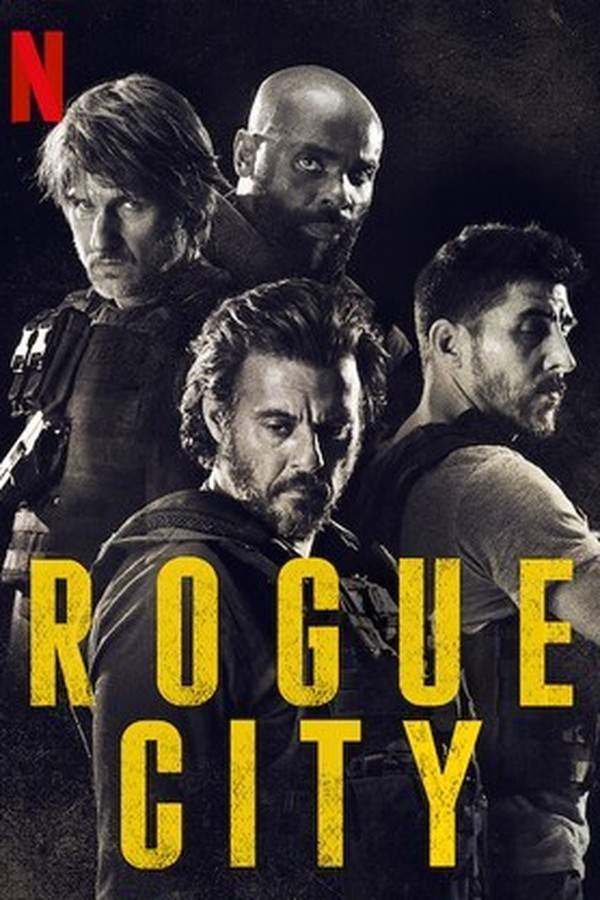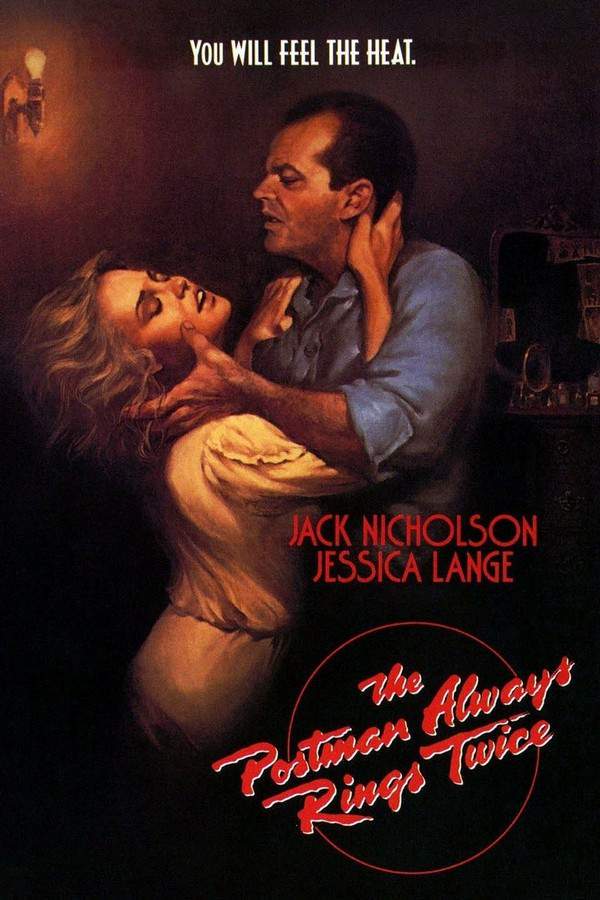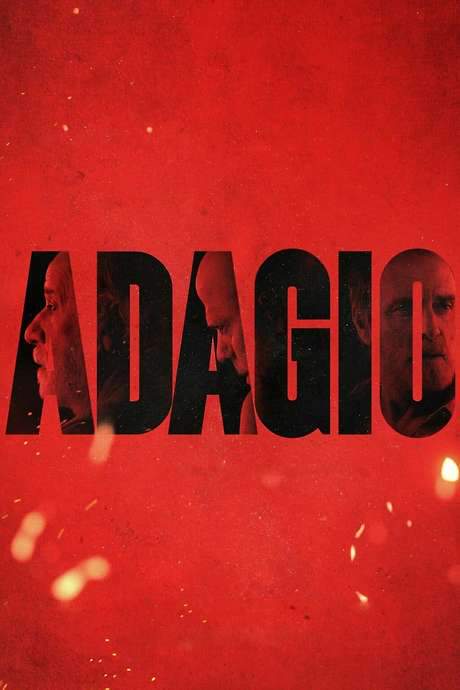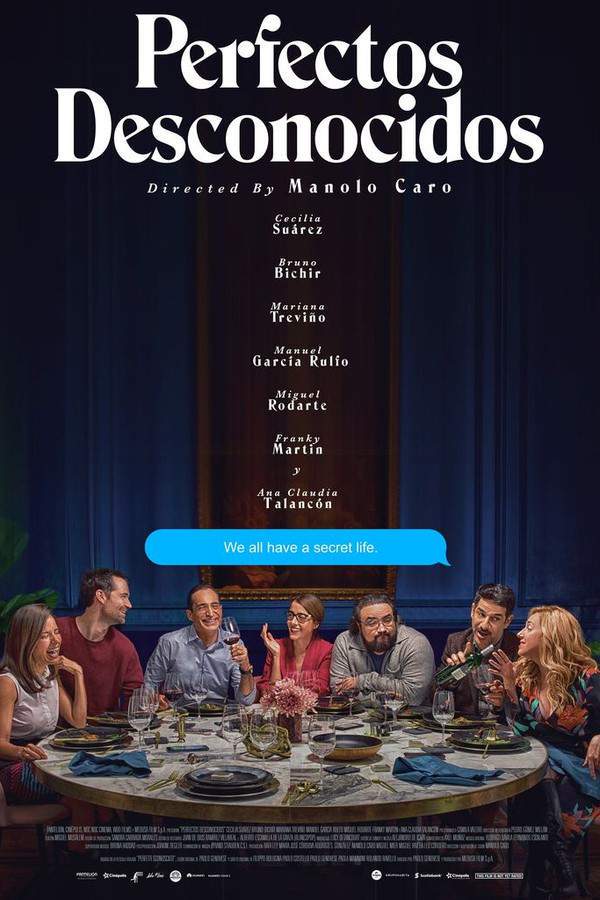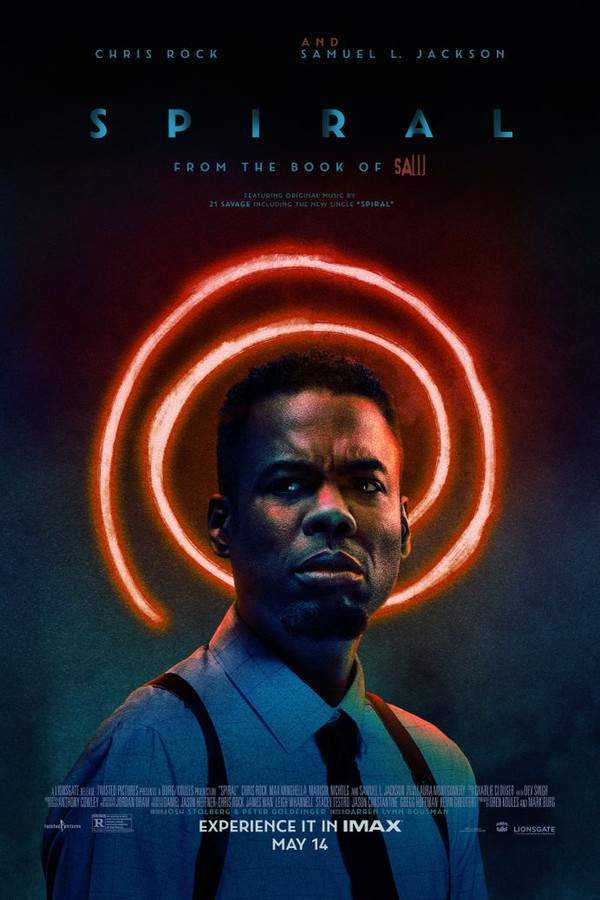
The Art of Losing
Year: 2004
Runtime: 105 mins
Language: Spanish
Director: Sergio Cabrera
A body is found impaled on a stake beside a picturesque lake outside Bogotá. A determined journalist, aided by a friend, begins probing the mystery. Their investigation leads them into a tangled web of real‑estate fraud, corrupt politicians, emerald hunters and even a nudist enclave, revealing the full scope of the scheme.
Warning: spoilers below!
Haven’t seen The Art of Losing yet? This summary contains major spoilers. Bookmark the page, watch the movie, and come back for the full breakdown. If you're ready, scroll on and relive the story!
The Art of Losing (2004) – Full Plot Summary & Ending Explained
Read the complete plot breakdown of The Art of Losing (2004), including all key story events, major twists, and the ending explained in detail. Discover what really happened—and what it all means.
A fisherman and his dog stumble upon an impaled corpse in the jungle, a discovery that spirals into a web of power, money, and old secrets. The journalist Víctor Silanpa, [Daniel Giménez Cacho], is drafting an article about Peter Gay and how bourgeois attitudes toward Romantic Love shifted from the 17th to the 19th century. A call from Colonel Aristophanes Moya, [Carlos Benjumea], pulls him to the station with an offer: actively investigate the crime in exchange for protection, and, on top of that, ghost-write a speech for a Memphis-born evangelical sect called “The Last Supper.” With that promise looming, Silanpa steps into a labyrinth where truth is negotiable and danger wears many faces.
At the crime scene, Silanpa carves out a heady, hands-on role, getting carte blanche by dropping the Colonel’s name as he photographs the unrecognizable body—bloated, discolored after nearly two months in the jungle, fingerprints burned away. The investigation widens as Emir Estupiñán, [César Mora], a short, bald man, arrives claiming his missing brother Osler, a taxi driver, might be connected and insisting that “something about the corpse feels familiar.” In a nearby Psychiatric Hospital, Silanpa reconnects with Guzmán, [Gustavo Angarita], a former mentor who now lives with schizophrenia. Guzmán warns that impalement is a fear tactic meant to terrify the public, and he uses a window-side mannequin, left by his own loneliness after a recent breakup, to illustrate his fragile mind.
One night, Silanpa visits the brothel Lolita where Estupiñán had arranged a meeting with a truck driver, Lotario Abuchija, who carried a mysterious package to an abandoned house in Chocontá. Silanpa battles discomfort from hemorrhoids and asthma, but a striking young prostitute named Quica, [Martina García], keeps his attention despite being surrounded by drunks. She invites him back for another appointment, and the two slowly find themselves drawn to each other as the case pulls Silanpa deeper into a perilous web of clues and cover-ups.
The following day, Silanpa and Estupiñán visit the place where Abuchija dropped the package. Inside a small, deserted lakeside house, they uncover crucial clues: a construction sign bearing Vargas Vicuña’s name, a chair smeared with blood, and a sign for the Turkish baths known as “The Earthly Paradise.” Estupiñán’s motive grows blurred with the search for his brother, and he worries that the impaled body might really be Pereira Antunez, a man tied to the land and the scheme, pulling Silanpa further into a storm of political intrigue.
Lawyer Emilio Barragán and the influential Marco Tulio Esquilache, [Sain Castro] and [Victor Mallarino] respectively, surface as central figures in this tangled plot. Barragán is married to Esquilache’s niece, and both men are entangled with the land near the lake. Esquilache calls Vargas Vicuña, an engineer with a keen interest in the same land, to press his case. Vargas Vicuña also contacts Barragán to represent him in a legal bid to secure the land as soon as possible. Silanpa reports back to Colonel Moya, who seems more interested in steering Silanpa toward delivering Moya’s own speech than solving the case. Fueled by curiosity, Silanpa resolves to investigate the Turkish baths, The Earthly Paradise, and soon meets Quica again at the Lolita Bar.
That night, Quica and Silanpa share a complicated, alcohol-soaked moment that ends with Silanpa sleeping at Quica’s house. He wakes to find himself in a morally tangled situation, and a friend helps move him into a cab. Quica faultlessly asserts that he owes her money, yet their chemistry deepens as she reveals her growing affection for him. The two then re-enter the Earthly Paradise, noting a portrait of the founder Casiodoro Pereira Antunez—the very man whose land is now coveted by all involved. Susan Caviedes, [Mimí Lazo], manager of the baths, becomes a suspect as Quica and Silanpa press further into the mystery. The pair later returns to the Lolita nightclub and Silanpa photographs Quica again, deepening their connection.
In the archives, Silanpa discovers a photo of Pereira Antunez’s burial. A colleague confirms that Vargas Vicuña, Barragán, Esquilache, and Heliodoro Tiflis were all present at the funeral, hinting at a broad, hidden network of influence. A wave of violence erupts when Silanpa’s apartment is attacked; Quica defends him, and she accidentally kills one of their assailants with a knife. Esquilache is tailed by Abuchija and Estupiñan as he drives to confront Barragán, who is furious and hysterical, clutching a gun to his temple. The confrontation ends with Barragán shooting Esquilache, sending him plummeting from a height. Quica and Silanpa arrive to witness the aftermath, and Silanpa urges Estupiñán to protect Quica as the police close in. Moya congratulates Silanpa on what he terms a near-solved case: Pereira Antúnez had been kidnapped to force a land transfer to Tiflis, but died of diabetes before the deed could be secured. Vargas Vicuña and Susan Caviedes have walked away, their fates uncertain, but their roles in the conspiracy remain.
The “official version” comes next, as Colonel Moya reads a neat, self-serving closing report that lays out the official truth. He offers Silanpa a choice: publish the state’s version and chase the Simon Bolivar Prize, or tell the real story and risk losing everything. Silanpa walks away from justice, his integrity corroded by the weight of power, and the real perpetrators—Vargas Vicuña and Susan Caviedes—are allowed to slip free. Osler Estupiñan’s burial is finalized, and the corpse’s real identity remains unresolved, a hint that the lines between truth and manipulation are never clean in this city.
In a quiet coda, Quica visits Silanpa, now embarking on a opportunity as a Cartagena crooner arranged by Estupiñan. She stands at his doorway, torn between happiness and a stubborn loneliness that wins out, leaving Silanpa with his mannequin and his own hollow certainty. As the credits roll, Colonel Moya sits at the center of a grand ballroom, delivering a speech that embodies the power structure he represents and the price of truth in a world where control and influence are the true currency.
Last Updated: October 09, 2025 at 15:20
Explore Movie Threads
Discover curated groups of movies connected by mood, themes, and story style. Browse collections built around emotion, atmosphere, and narrative focus to easily find films that match what you feel like watching right now.
Noir journalism thrillers like The Art of Losing
Dogged reporters uncover systemic corruption and face moral peril in a dark world.If you liked the cynical investigation and moral decay in The Art of Losing, explore these neo-noir thrillers. These movies feature determined journalists uncovering corrupt systems, sharing a dark tone, steady pacing, and stories where the truth comes at a heavy personal cost.
Narrative Summary
Stories in this thread typically follow a protagonist—often a journalist or outsider—piecing together a complex conspiracy. The journey is one of escalating danger and disillusionment, where each clue reveals a deeper layer of moral rot, and the ending often leaves the protagonist defeated or compromised, with the powerful structures remaining intact.
Why These Movies?
These movies are grouped by their shared focus on investigative narratives within a bleak, corrupt world. They connect through a dark, tense tone, a steady pace that builds suspense through discovery, and a heavy emotional weight stemming from the protagonist's futile or pyrrhic struggle against an indifferent system.
Bleak conspiracy stories like The Art of Losing
Protagonists get lost in complex webs of power where truth offers no escape.Movies like The Art of Losing that trap their protagonists in inescapable webs of power and deceit. If you appreciated the complex plot and hopeless resolution, you'll find similar high-intensity, emotionally heavy thrillers here where systemic evil triumphs.
Narrative Summary
The narrative pattern involves a protagonist stumbling upon or deliberately investigating a conspiracy that is far more extensive and powerful than initially imagined. The plot is complex, with many interconnected players, and the climax typically reveals the protagonist's powerlessness, resulting in a bleak ending where the corrupt system remains unchallenged and the quest for justice fails.
Why These Movies?
These films are united by their focus on complex, unwinnable conflicts against unseen, powerful adversaries. They share a high-intensity, heavy emotional weight, a dark and tense tone, and most importantly, a bleak ending that reinforces a cynical worldview about power and morality.
Unlock the Full Story of The Art of Losing
Don't stop at just watching — explore The Art of Losing in full detail. From the complete plot summary and scene-by-scene timeline to character breakdowns, thematic analysis, and a deep dive into the ending — every page helps you truly understand what The Art of Losing is all about. Plus, discover what's next after the movie.
The Art of Losing Timeline
Track the full timeline of The Art of Losing with every major event arranged chronologically. Perfect for decoding non-linear storytelling, flashbacks, or parallel narratives with a clear scene-by-scene breakdown.

Characters, Settings & Themes in The Art of Losing
Discover the characters, locations, and core themes that shape The Art of Losing. Get insights into symbolic elements, setting significance, and deeper narrative meaning — ideal for thematic analysis and movie breakdowns.

The Art of Losing Spoiler-Free Summary
Get a quick, spoiler-free overview of The Art of Losing that covers the main plot points and key details without revealing any major twists or spoilers. Perfect for those who want to know what to expect before diving in.

More About The Art of Losing
Visit What's After the Movie to explore more about The Art of Losing: box office results, cast and crew info, production details, post-credit scenes, and external links — all in one place for movie fans and researchers.



